Container Grown Saffron - Care Of Saffron Crocus Bulb In Containers
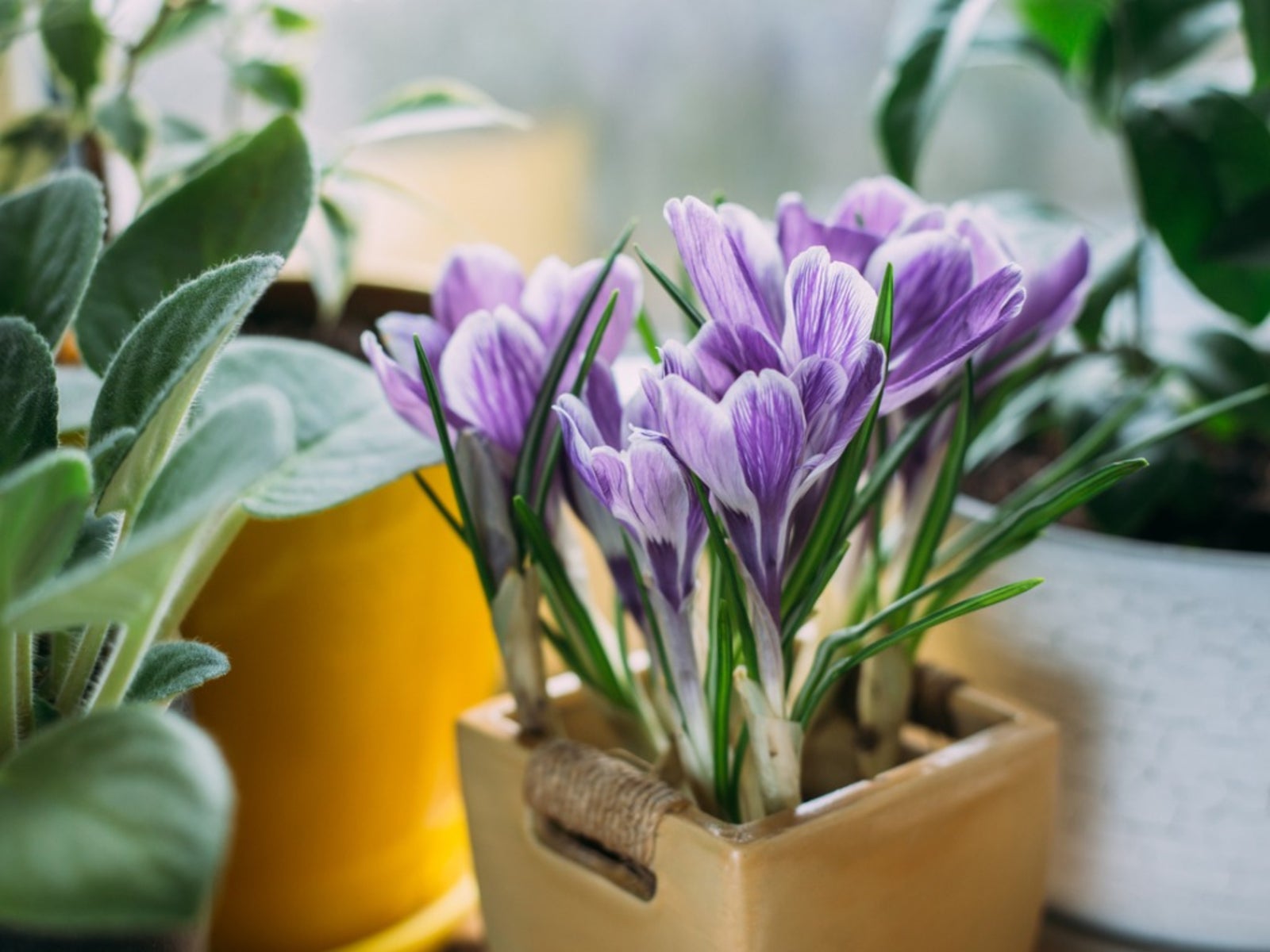
Saffron is an ancient spice that has been used as a flavor for food and also as a dye. The Moors introduced saffron to Spain, where it is commonly used to prepare Spanish national foods, including Arroz con Pollo and Paella. Saffron comes from the three stigmas of the fall blooming Crocus sativus plant. Although the plant is easy to grow, saffron is the most expensive of all spices. To obtain saffron, the stigmas must be handpicked, contributing to the preciousness of this spice. Crocus plants can be grown in the garden or you can put this crocus bulb in containers.
Growing Saffron Crocus Flowers in the Garden
Growing saffron outdoors requires soil that drains well and a sunny or partly sunny location. Plant the crocus bulbs about 3 inches (8 cm.) deep and 2 inches (5 cm.) apart. Crocus bulbs are small and have a slightly rounded top. Plant the bulbs with the pointed top facing upwards. Sometimes it's hard to tell which side is up. If this happens, just plant the bulb on its side; the root action will pull the plant upwards. Water the bulbs once planted and keep the soil moist. The plant will appear in early spring and produce leaves but no flowers. Once the hot weather hits, the leaves dry up and the plant becomes dormant until the fall. Then when cooler weather arrives, there is a new set of leaves and a beautiful lavender flower. This is when the saffron should be harvested. Do not remove the foliage right away, but wait until later in the season.
Container Grown Saffron
Potted saffron crocuses are a beautiful addition to any autumn garden. It's vital that you choose an appropriately sized container for the number of bulbs you wish to plant, and you should also fill the container with somewhat loamy soil. Crocuses will not do well if they are soggy. Place the containers where the plants will receive at least five hours of sunlight daily. Plant the bulbs 2 inches (5 cm.) deep and 2 inches (5 cm.) apart and keep the soil moist but not overly saturated. Do not remove the foliage right away after blooming, but wait until late in the season to cut the yellow leaves.
Gardening tips, videos, info and more delivered right to your inbox!
Sign up for the Gardening Know How newsletter today and receive a free copy of our e-book "How to Grow Delicious Tomatoes".
-
 Looking For Plants To Give You The Soft And Fuzzies? Try These 5 Fuzzy Leaf Plant Options
Looking For Plants To Give You The Soft And Fuzzies? Try These 5 Fuzzy Leaf Plant OptionsLovers of texture, drama, silver foliage and tactile plants will adore these special sensory garden additions. These fuzzy leaf plant options will leave you all aglow
By Susan Albert
-
 Get Ready For A Summer Of Hummers! Grow These Full Sun Hummingbird Plants and Flowers
Get Ready For A Summer Of Hummers! Grow These Full Sun Hummingbird Plants and FlowersIf you’re lucky enough to enjoy a sunny backyard, make sure you are maxing out on your pollinator opportunities and grow these full sun hummingbird plants and flowers
By Tonya Barnett
-
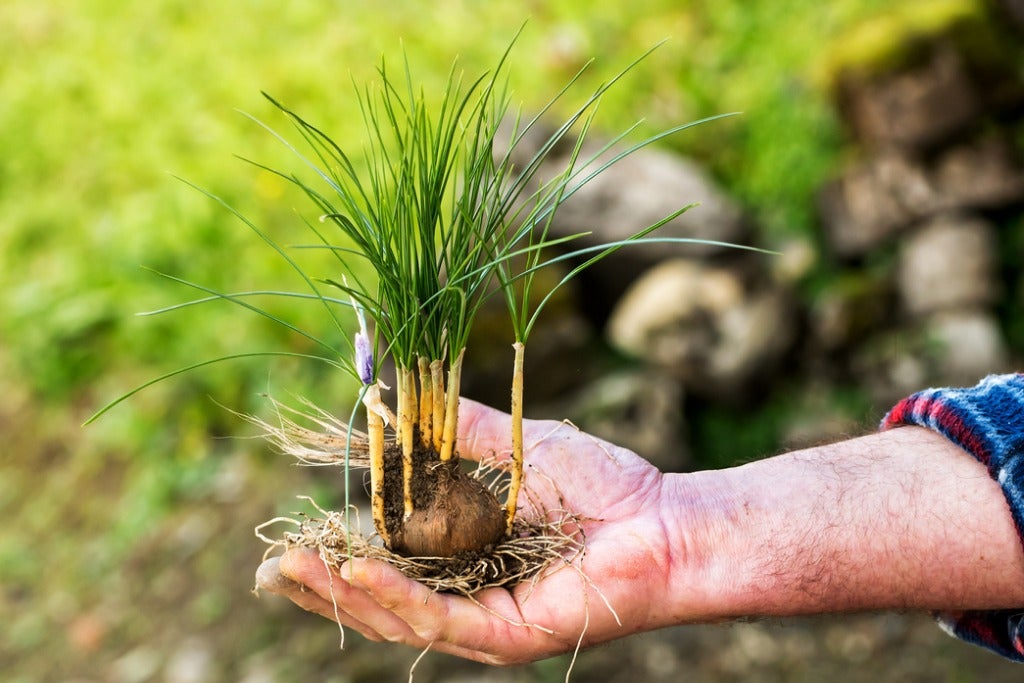 Non Blooming Saffron Crocus - How To Get Saffron Crocus Flowers
Non Blooming Saffron Crocus - How To Get Saffron Crocus FlowersIn order to enjoy the beauty of the flowers and, more importantly, protect your pocketbook, finding out why saffron crocus is not blooming is crucial. Read this article to find out how to get saffron crocus flowers in full production.
By Bonnie L. Grant
-
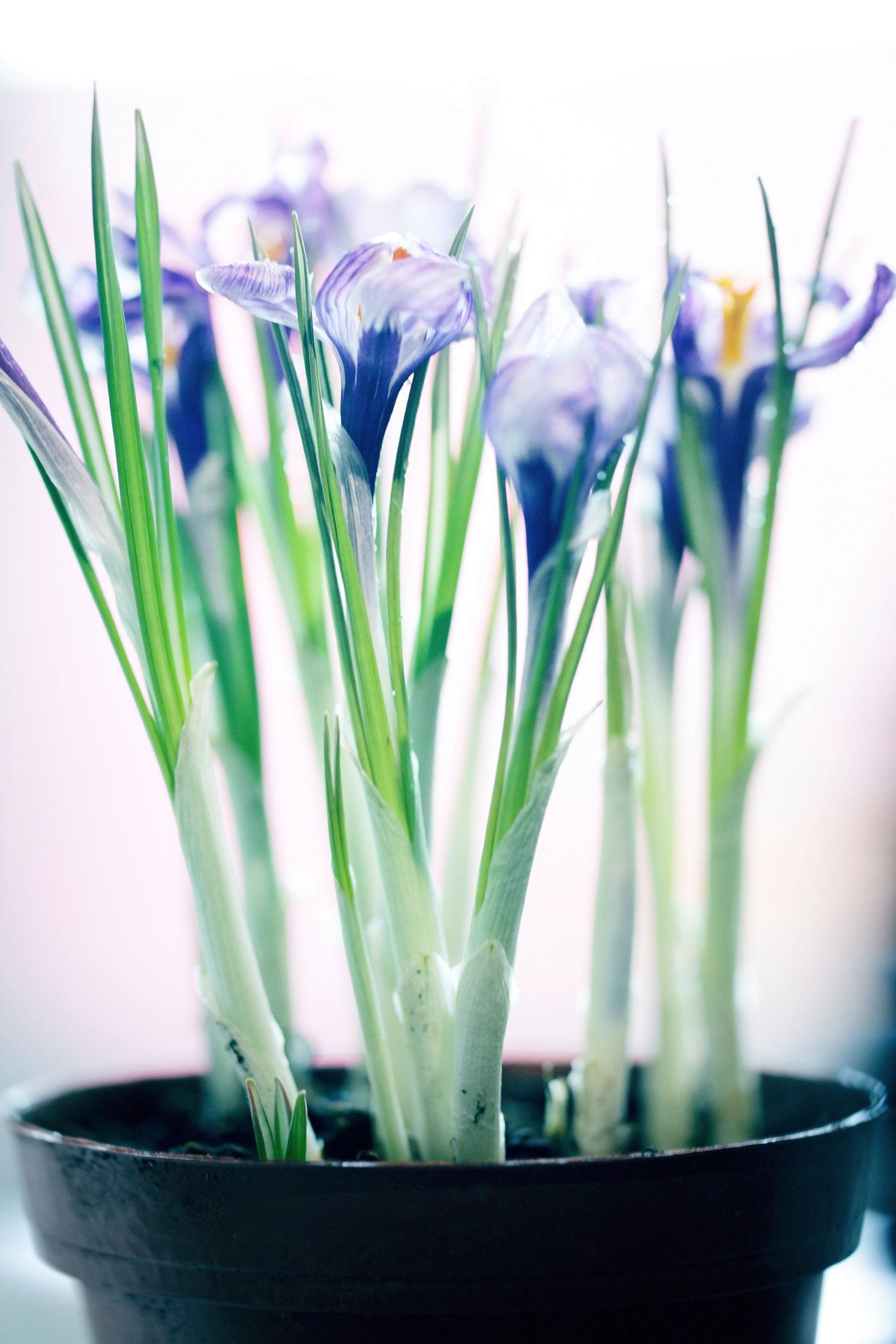 Growing Saffron Indoors: Care Of Saffron Crocus In The Home
Growing Saffron Indoors: Care Of Saffron Crocus In The HomeThe care of saffron crocus is no more difficult than that of any other type of bulb. In fact, it can even be grown indoors. Container-grown saffron is easy. Read this article to learn about their indoor care.
By Amy Grant
-
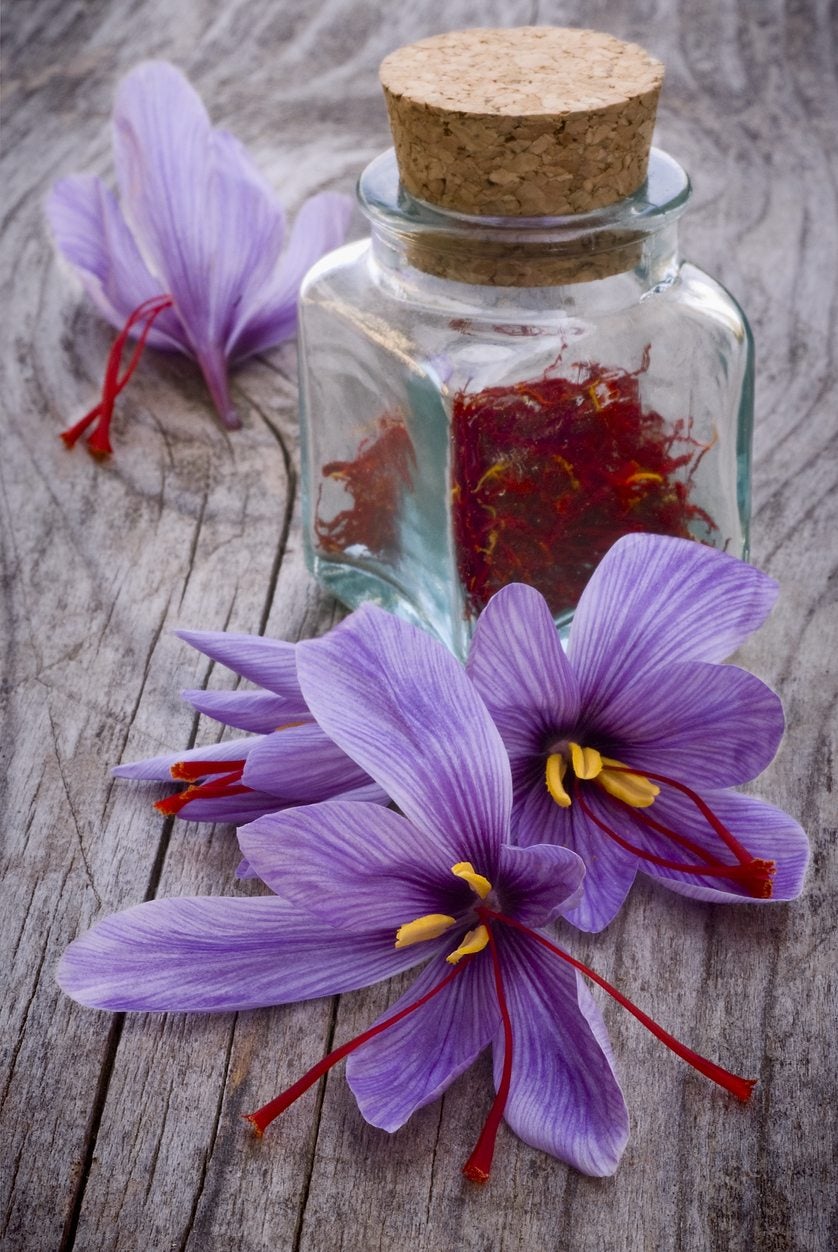 Saffron Harvest Info: How And When To Pick Saffron
Saffron Harvest Info: How And When To Pick SaffronThere's more to saffron than just growing it. You need to know how and when to harvest the herb. Learn about saffron crocus harvesting and its uses today by reading this article.
By Amy Grant
-
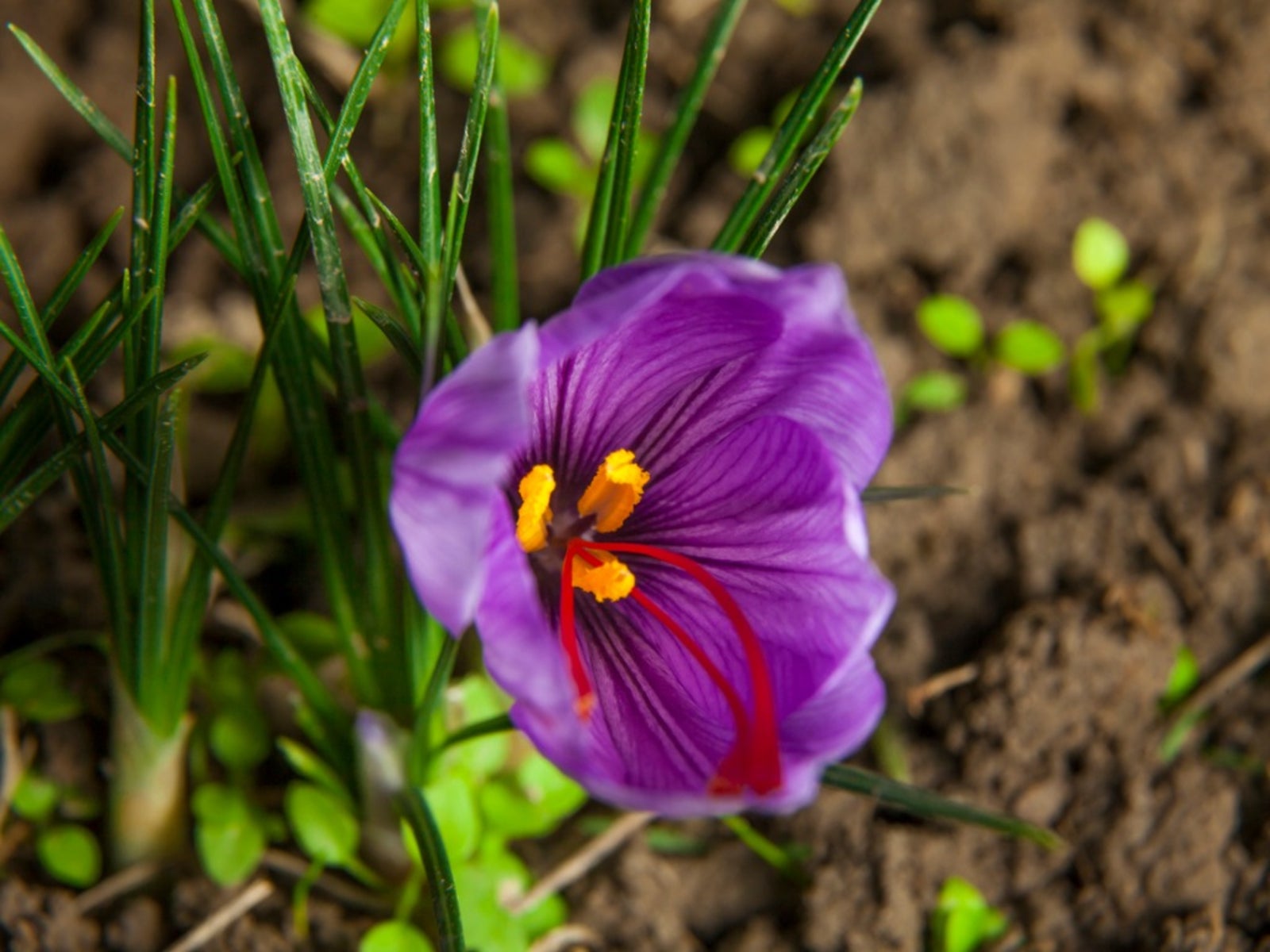 Saffron Flowers: Complete Plant Care & Growing Guide
Saffron Flowers: Complete Plant Care & Growing GuideLearn how to grow saffron crocus is worth the time and effort to have this incredibly expensive and delicious spice at your fingertips.
By Heather Rhoades